Opinions on Harry Master's Jersey?
milehighgirl
11 years ago
Related Stories

DECORATING GUIDESNo Neutral Ground? Why the Color Camps Are So Opinionated
Can't we all just get along when it comes to color versus neutrals?
Full Story
REMODELING GUIDESHouzz Tour: Baroque Minimalism in New Jersey
Modern furniture meets ornate elements in a 19th-century Hoboken brownstone, renovated with respect for its original features
Full Story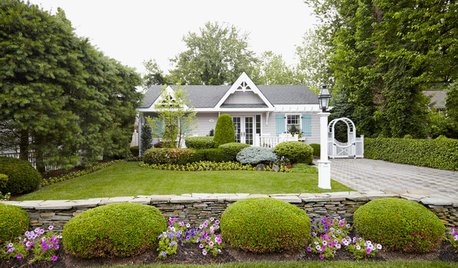
HOUZZ TOURSHouzz Tour: Cottage Comforts on the Jersey Shore
Subtle coastal touches and layers of natural materials warm up this charming home
Full Story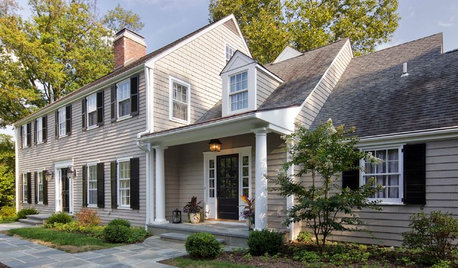
HOUZZ TOURSHouzz Tour: Renovations Modernize a 1970s New Jersey Colonial
Better access to a great yard, an opened-up interior and family-friendly features improved this home for a Princeton family
Full Story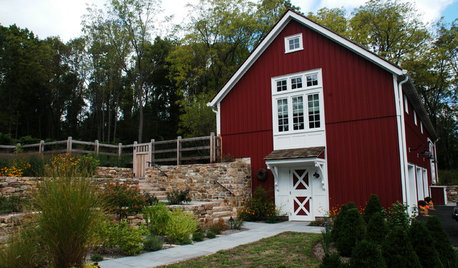
HOUZZ TOURSHouzz Tour: Farmhouse Meets Industrial in a Restored New Jersey Barn
Amish craftsmen, trusting clients and an architect with a vision save a historic barn from a complete teardown
Full Story
DECORATING GUIDESRoom of the Day: Adding Comfort and Style to a New Jersey Family Room
Layers of natural textures and pops of color help create a welcoming and cozy space for a couple and their baby
Full Story
ATTICSRoom of the Day: Cramped Attic Becomes a Grown-Up Retreat
A New Jersey couple renovates to create a new master bedroom in a space once used for storage
Full Story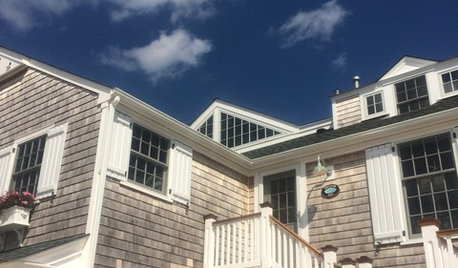
DISASTER PREP & RECOVERYHouzz Tour: Family Rebuilds Home and Community After Hurricane Sandy
This restored coastal New Jersey house — now raised 9 feet off the ground — offers inspiration for neighbors considering a return
Full Story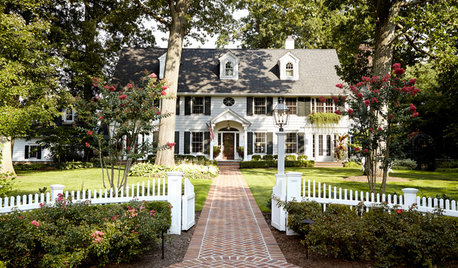
DECORATING GUIDESHouzz Tour: Much to Like About This Traditional Beauty
New elements mix well with old in a New Jersey family’s elegant and comfortable colonial revival home
Full Story
COLORRoom of the Day: Deep Blue Proves a Hot Hue
Navy takes a New Jersey living room from dull to dashing in the flick of a paintbrush
Full StoryMore Discussions









dmtaylor
Scott F Smith
Related Professionals
Garden City Landscape Architects & Landscape Designers · Goodyear Landscape Contractors · Addison Landscape Contractors · Bedford Landscape Contractors · Broadlands Landscape Contractors · Elmhurst Landscape Contractors · Fridley Landscape Contractors · Hampton Bays Landscape Contractors · Kaneohe Landscape Contractors · Lemay Landscape Contractors · National City Landscape Contractors · Newnan Landscape Contractors · Palatine Landscape Contractors · Peachtree City Landscape Contractors · Seminole Landscape ContractorsmilehighgirlOriginal Author
windfall_rob